In vitro fertilization (IVF) is a reproductive technology used to help couples with infertility problems to conceive naturally.
IVF is performed by collecting many mature eggs from the woman’s ovaries, fertilizing them with sperm in a laboratory environment, and placing the resulting embryos in the uterus.
The treatment process usually consists of the following stages:
- Ovarian stimulation: Medicines are used to stimulate the growth of follicles in the ovaries of women to produce more than one egg.
- Egg collection: The eggs of women are collected with the help of a needle under the guidance of transvaginal ultrasound.
- Sperm preparation: Male semen samples are collected and processed in the laboratory.
- Fertilization: Eggs and sperm are brought together in the laboratory and fertilization take place.
- Embryo transfer: The resulting embryos are transferred into the uterus, usually 2-5 days later.
IVF can be an effective option for many couples to solve the problem of infertility, but it is not always successful. The success rate of treatment depends on many factors, such as age, egg and sperm quality, and treatment protocol.
Who Can Have In Vitro Fertilization (IVF)?
In vitro fertilization (IVF) treatment may be an option for couples with infertility problems. However, the appropriateness of treatment depends on the couple’s age, state of health, cause of infertility, and other factors.
Suitable candidates for IVF treatment may include:
- Blocked or absent tubes in women (the tubes allow the egg to go to the uterus).
- Low sperm count or low sperm motility in men.
- Ovulation disorder in women (ovulation problems).
- Hormonal problems such as polycystic ovary syndrome (PCOS) in women.
- Genetic problems in sperm production in men.
- Structural problems in women such as endometriosis, uterine fibroids, or other uterine problems.
IVF treatment is also sometimes used for unexplained infertility. However, the success of treatment depends on many factors and cannot always be guaranteed. Appropriateness of treatment is determined after a thorough evaluation by an infertility specialist.
What is Drug-Free IVF Treatment?
Drug-free IVF treatment is a type of in vitro fertilization (IVF) treatment and means not using hormone drugs used in IVF.
In traditional IVF treatment, hormonal drugs are used to stimulate women’s ovulation process. These drugs help them produce more than one egg. These eggs are then collected under laboratory conditions, fertilized, and the developing embryos are placed in the woman’s uterus.
However, in drug-free IVF treatment, women’s natural ovulation cycle is used and drugs are not used. One or two eggs naturally produced by the ovaries are collected, fertilized, and the developing embryos are transferred to the woman’s uterus.
Drug-free IVF may be a less invasive treatment option for some women. However, this method is often associated with lower pregnancy chances and lower success rates. Also, drug-free IVF may require tighter monitoring and more ultrasounds to follow a woman’s natural ovulation cycle.
What is the success rate of the treatment?
The success rate of IVF treatment can vary depending on many factors. These factors include the age of the couple, the cause of infertility, the treatment protocol, the drugs used, the quality of the embryos, and the number of embryos transferred.
In general, IVF success rates range from about 30% to 50% per cycle. However, these rates can vary significantly depending on the age factor. For example, success rates are generally higher in couples under 35. In couples aged 35-40, success rates can vary between 30% and 40%, while in couples over 40 years of age, success rates can vary between 10% and 20%.
Techniques used during the procedure can also affect success rates. For example, success rates may increase when techniques such as assisted nesting and intracytoplasmic sperm injection (ICSI) are used.
Success rates are also related to whether more than one embryo is transferred. When more than one embryo is transferred, the probability of pregnancy increases, but at the same time the risk of multiple pregnancies increases. Therefore, in most countries, single embryo transfer is recommended.

